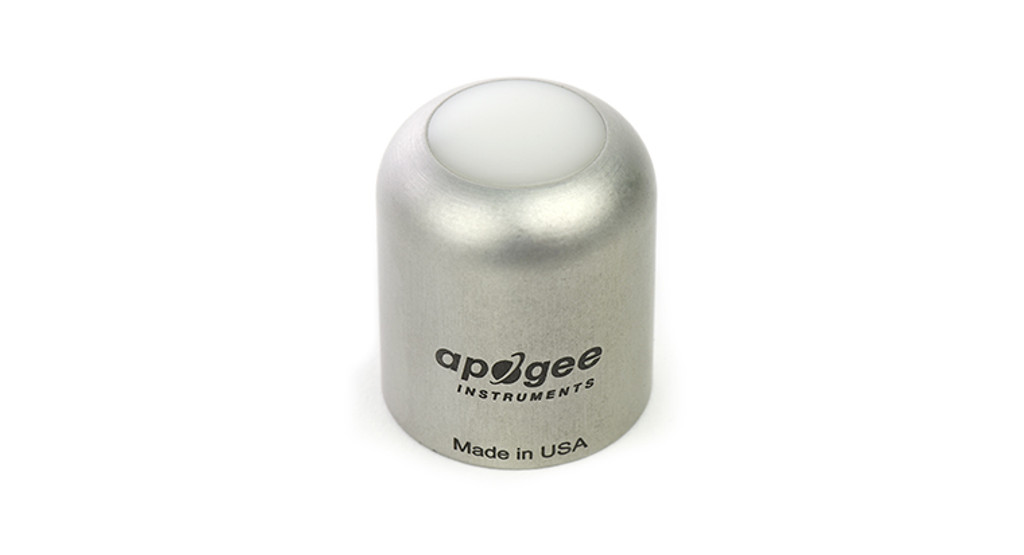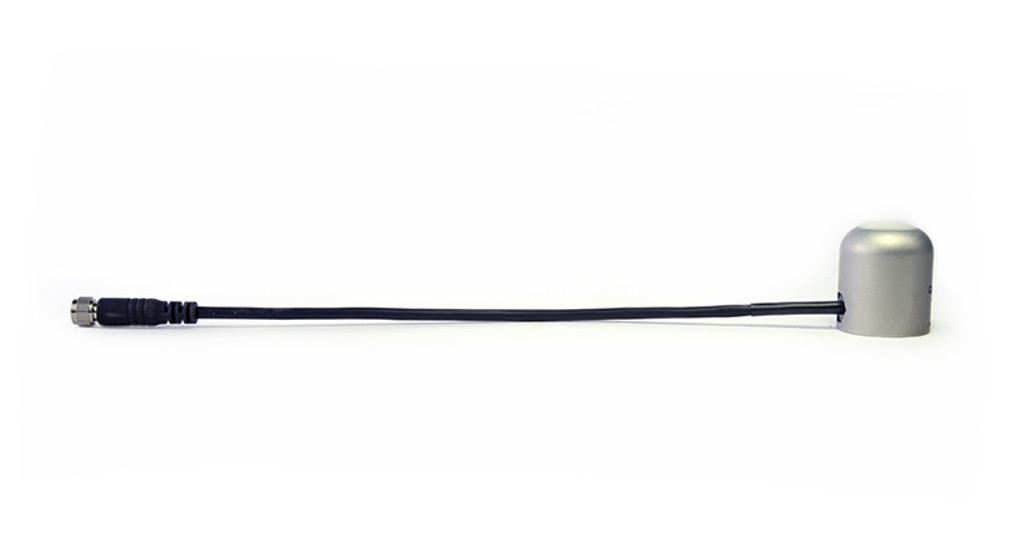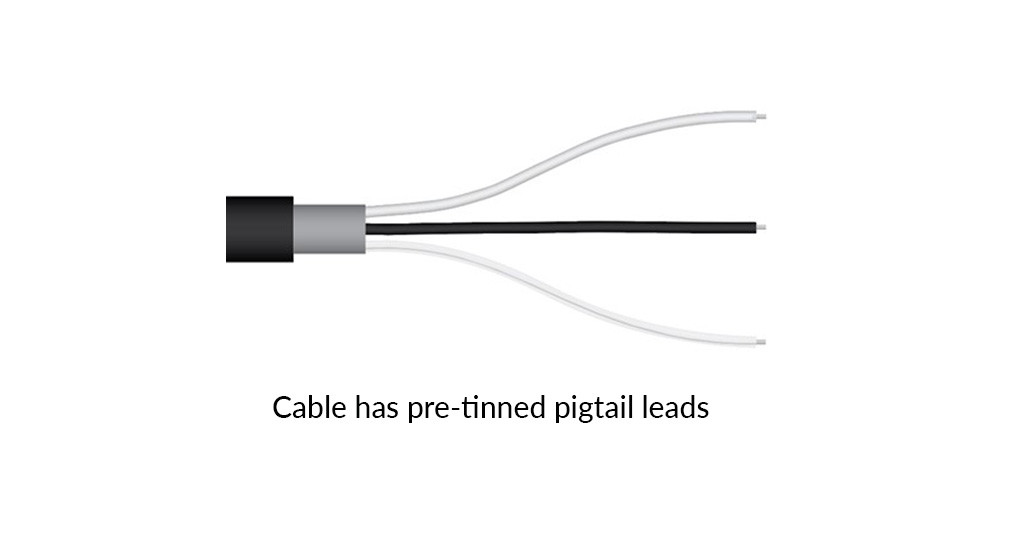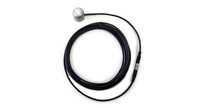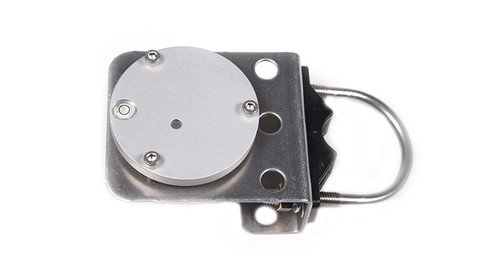The SQ-640 Quantum Light Pollution sensor is a self-powered sensor. The sensor features a rugged, aluminum housing that is fully-submersible and built to withstand harsh conditions, and high-quality cable terminating in pre-tinned pigtail leads for easy connection to dataloggers and controllers. The sensor cable includes an IP68 marine-grade stainless-steel cable connector to simplify sensor removal and replacement from permanent installations for maintenance and calibration. Typical applications of Quantum Light Pollution sensors include incoming PFD measurements over plant canopies in indoor greenhouses or in growth chambers, and reflected or under-canopy (transmitted) PFD measurements in the same environments. Since the detector on this particular Quantum Light Pollution sensor is sensitive to radiation with wavelengths up to 1100 nm, beyond the range of wavelengths that influence plants, we recommend only using the SQ-640 sensors in indoor grow environments utilizing LED lights.
The analog version of this sensor (SQ-640) comes with the inline cable connector placed 30 cm from the sensor head for either standard use as a long-cable pigtail sensor, or for use with our microCache Bluetooth Micro Logger by unscrewing the connector, discarding the long section of cable and then screwing the sensor to the mating connector on the microCache.
Ships in 4-6 weeks.
FOR MORE PRODUCT INFORMATION, CHECK OUT THESE LINKS
MORE INFORMATION ON APOGEE QUANTUM LIGHT POLLUTION SENSORS >> click here
The SQ-640 is an extended range photon flux density (PFD) sensor with a spectral range of 340 to 1040 nm ± 5 nm, which can be seen in the graph below.
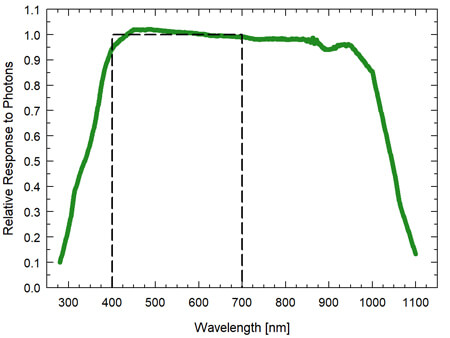
Many plants are affected by interruptions in dark periods even by extremely dim light. Apogee’s new Quantum Light Pollution Sensor is designed to detect photons from 340-1040 nm that are below the sensitivity level of a typical quantum sensor. Detecting stray photons that disrupt the night is critical in preventing negative effects in plants such as hermaphrodism and stunted growth.


